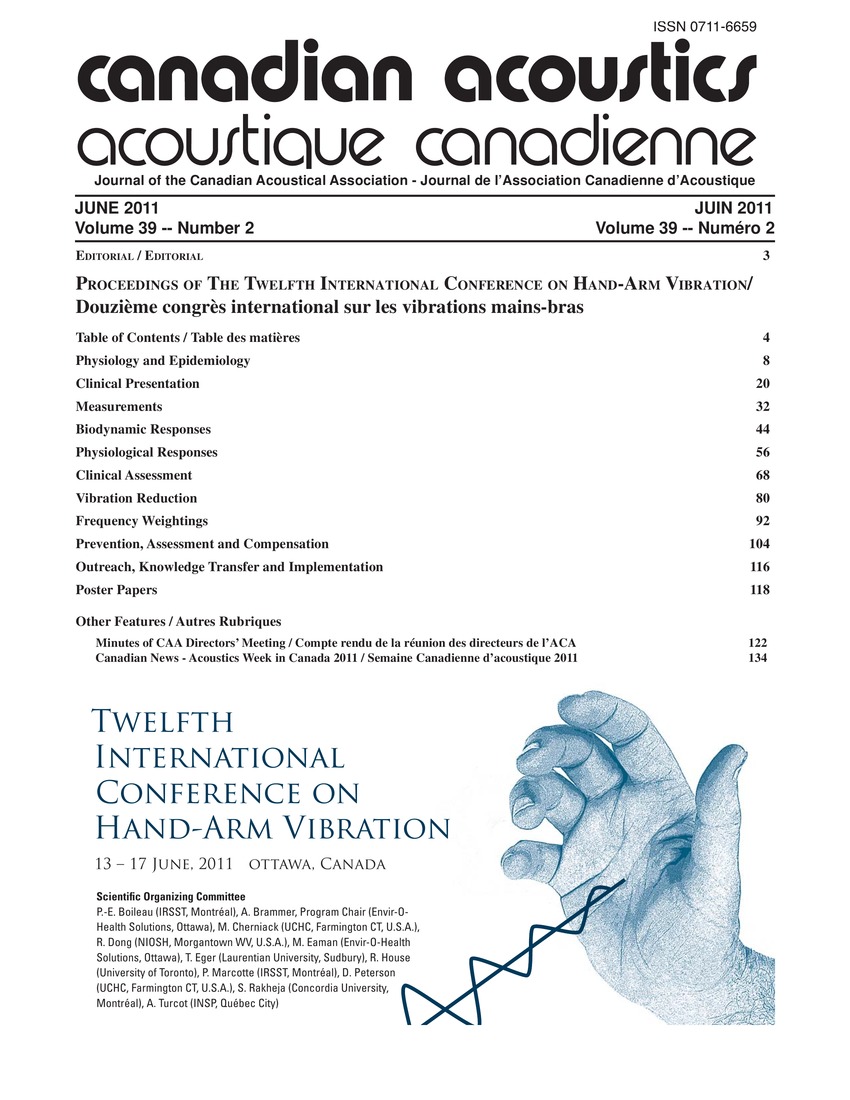Ergonomic modification and evaluation of chain saw handle in wood cutting
Mots-clés :
Experiments, Sawing, Angular deviations, Horizontal axis, Index finger, Pilot experiment, Torsion angle, Vibration level, Wood cuttingRésumé
Vibration-induced stresses in wood cutting were reduced using a chain saw, through handle design, and the study was carried out in two phases such as pilot and main experiments. The pilot experiments were performed prior to main investigations, to record the postural angles of wrist, forearm and index finger and the vibration levels. Based on the findings of pilot experiment, three different angled handles were used for the investigations, with 30°, 60°, and 90° inclinations in the downward direction from the horizontal axis. The results show that the deviation in the torsion angle was lowest for the 30° handle and highest for the original handle, during chain saw operation. The angular deviation for radial/ulnar of the 60° handle is found to be greater than that of both the 30° and 90° handles, but was less than that of the original handle.Fichiers supplémentaires
Publié-e
Comment citer
Numéro
Rubrique
Licence
Author Licensing Addendum
This Licensing Addendum ("Addendum") is entered into between the undersigned Author(s) and Canadian Acoustics journal published by the Canadian Acoustical Association (hereinafter referred to as the "Publisher"). The Author(s) and the Publisher agree as follows:
-
Retained Rights: The Author(s) retain(s) the following rights:
- The right to reproduce, distribute, and publicly display the Work on the Author's personal website or the website of the Author's institution.
- The right to use the Work in the Author's teaching activities and presentations.
- The right to include the Work in a compilation for the Author's personal use, not for sale.
-
Grant of License: The Author(s) grant(s) to the Publisher a worldwide exclusive license to publish, reproduce, distribute, and display the Work in Canadian Acoustics and any other formats and media deemed appropriate by the Publisher.
-
Attribution: The Publisher agrees to include proper attribution to the Author(s) in all publications and reproductions of the Work.
-
No Conflict: This Addendum is intended to be in harmony with, and not in conflict with, the terms and conditions of the original agreement entered into between the Author(s) and the Publisher.
-
Copyright Clause: Copyright on articles is held by the Author(s). The corresponding Author has the right to grant on behalf of all Authors and does grant on behalf of all Authors, a worldwide exclusive license to the Publisher and its licensees in perpetuity, in all forms, formats, and media (whether known now or created in the future), including but not limited to the rights to publish, reproduce, distribute, display, store, translate, create adaptations, reprints, include within collections, and create summaries, extracts, and/or abstracts of the Contribution.


